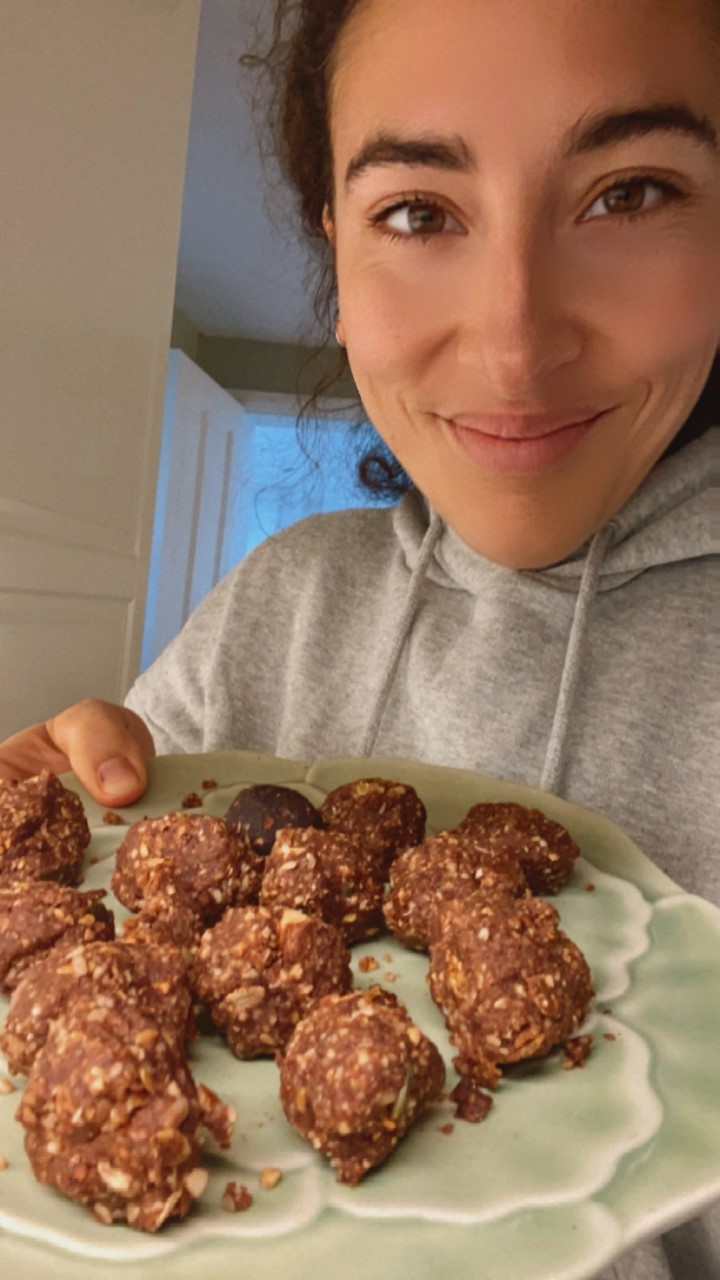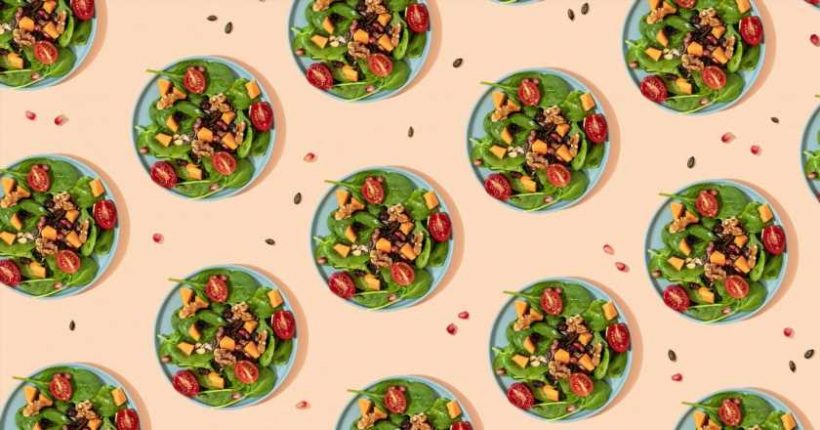Generic propecia available 2011
Giving Veganuary a go this month? Here’s everything you need to know about feeling full, strong and happy on a plant-based diet.
If you’ve decided to give Veganuary a go this year, then welcome to the greener side of life. While eating plant-based could mean living off a beige diet of potato faces and seitan, it could also see you eating 30 plants a week with ease– something that nutritionists and dietitians agree is the key to good nutritional health.
Get it right and veganism feels easy and good; get it wrong and you’ll give up almost as soon as you’ve started.
You may also like
2 vitamin B12-rich vegan recipes for the ultimate mood boost
I’ve been vegan for five years. Over that time, I’ve experimented with how I incorporated it into my life – focusing on being plant-first (brilliant), intermittent fasting (great, mostly), going raw (impossible in UK climate), plastic-free (tediously restrictive) and sugar-free (simply depressing). Through those experiments and my own research, I’ve reached a place where I enjoy my food more than ever and have plenty of energy. Veganism suits me down to the ground.
My issue, however, that I tend to eat same meal for breakfast, lunch and dinner every day for months on end. I’m also rubbish at meal prepping on the days when I work in the office and that ends up costing a bomb over time. So, I’ve been scrambling around for delicious, nutritious and transportable vegan meal inspiration.
Of course, bar hiring a personal nutritionist and chef, trialing a load of new recipes can be as time consuming as it is costly. Signing up to short meal subscription, however, is less so.
With that in mind, I subscribed to a fitness food subscription service for a week. Every day, Fresh Fitness Food (FFF) delivered a hefty pack outside my house, complete with a plant-based breakfast, lunch, dinner and snack, designed to help me stay active and productive. The idea was to see the kinds of food a pack of in-house nutritionists and sports scientists would prescribe for someone like me – a long-term vegan who wants to eat well, maintain or enhance my health and who exercises regularly but has a desk job. Here’s what it taught me about vegan nutrition.
Genuinely balanced meals fill you up
One of the biggest complaints most people have about eating plant-based is that they don’t feel full. While my own meals are pretty big, I always need a snack around 5pm and I can often be found grazing my way from 3pm to dinner. That’s not necessarily a bad thing but it can be expensive.
So, I was intrigued by the fact that when eating the subscription meals – which looked pretty big – I was full from lunch until dinner and sometimes felt so satisfied that I had to put the rest of my meal in a Tupperware to eat another day. Why? Well, it’s down to portion size and macro balance.

While my usual portions are large, they tend to be largely made up of vegetables and grains like quinoa. These meals, however, were largely made up of grains, legumes and root veg (far more than my usual plate), with vegan ‘meats’, unsaturated fats and fresh veg forming a smaller part of the proceedings.
“Vegetable/legume-centred meals will most likely contain a fair amount of fibre, which will contribute to that full feeling,” explains nutritionist Harpreet Sohal. “Depending on what’s in each meal, they can also be lower-calorie that non-vegan meals, which might be counter-balanced by the larger portions.” In other words, you might need to eat more to get the same amount of energy as a smaller meat-based dish.
Plant protein can be difficult to digest so take it easy
When I first went vegan, I thought the best thing to do was to add beans to everything. I ate black bean brownies, butter bean stews, kidney bean soups. After a few days, things became kind of uncomfortable, and I quickly learnt that beans aren’t the answer to everything.
Many of the FFF meals, however, were also chock full of beans, from chickpea wraps to bean-based curries. I found myself transported back to 2017 and the overwhelming bloat that came from umpteen legume portions a day. The meals were super-high in plant protein and fibre, which took a few days to accumulate to.
Sohal explains that “different fruit, vegetables, legumes and starchy carbohydrates contain different types of fibre, which should be introduced or increased gradually to give your gut time to adjust to the higher intake and avoid gut symptoms like excessive bloating or gas”. While newbie vegans might find they need a transition period between their current diets and a high plant protein/fibre intake, I was surprised at how bloated I felt after all this time of eating what I thought was a well-balanced diet.
You may also like
One pan recipe: support your immune system with butternut baked beans
Sohal points to the fact that some research suggests that vegans need a “slightly higher protein intake” than omnivores because of the way our bodies handle plant-based protein. That made me wonder if perhaps the actual problem is that I don’t usually think about how much protein I consume – I concentrate far more on how many plants I eat a day than where I’m getting my protein from. As a result, it was a bit of a shock to the system to get so much at every meal.
How much protein we need depends on how active we are, what activity we do and what our goals may be, says Sohal.
Carbs of all kinds are essential
Every meal had a big carb component, whether it was whole grain pasta, sweet potato wedges or rice. If a subscription service that provides meals to athletes and PTs believes that carbs are a non-negotiable part of healthy eating, we should too.
Desserts are part of a healthy diet
Think that healthy vegan living means living off fruit for pudding? Think again. FFF delivered one snack a day, alternating between savory (miso seeds, grain-based side salads) and sweet (millionaire’s shortbread, energy balls). I could have had a sweet snack every day and given how chocolate-y and gooey the millionaire’s shortbread was, I wish I had. But crucially, those sweet treats were a testament to how balanced our diets should be.
If you’ve got a sweet tooth, eat something sweet. The energy balls inspired me to start making my own – blending dates, peanut butter, brazil nuts, pecans and oats together and refrigerating. Now, I’ve got a load in the fridge for any time that I need a little snack. They’re cheaper and more nutritious than a shop-bought bar (although all snacks have their place).

Our calorie needs change day-to-day
For years, we’ve been told by the NHS that the average woman should live on 2,000 calories a day, and many gyms and fitness companies will try to have you believe that if you want to change the way you look (ie get smaller), you need to cut that down dramatically. That is, of course, nonsense.
But it is interesting to see how your appetite and energy changes when you know that you’re eating the same amount of energy every day. On my rest days, I found it hard to eat the breakfast – often eating it alongside the lunch or freezing it for another time. On my workout days, I needed all three meals, the snack and sometimes something extra. You’ve got to be flexible about these things, in order to give your body what it needs.
“Snacking or not snacking is completely an individual choice,” says Sohal, when I ask whether nutritionists have any preference. “It depends on what you snack on, how frequently you snack, and how much this contributes to your overall daily or weekly nutrition intake. Granted, some convenience/on-the-go snack foods can be high in fat, sugar and salt so it’s important to choose wisely. You can be considered “healthy” whether you snack or not.”

Sometimes, we know what suits us best
The meals were delicious, there’s no doubt about that. Filling, tasty and quick to warm-up, I’d have them again without a doubt. But I realised that my own diet suits me best. I try to eat over six portions of fruit and veg a day and without that minimum, I start to feel grey. As a result, I added Brussel sprouts and kale salads to the meals, and supplemented with berry-based smoothies.
“We know the five-a-day guidance is just a starting point as many people tend to consume much less than this, so it was set to be an achievable goal for most,” says Sohal. We want to be eating a variety of fruit and veg as “each plant food contains a different combination of phytochemicals, vitamins, minerals and fibre” while being aware that some starchy veg like potatoes, plantain and yam don’t count while sweet potato, parsnips and butternut squash do.
You may also like
30 plants a week: “I ditched five-a-day for a plant-based fruit and veg challenge”
I usually eat a lot of raw veg and living off cooked grub made me wonder if I was missing out on the same quality of nutrients than I normally consume. That, Sohal confirms, isn’t how nutrients work.
“Cooked vegetables count towards your 5-a-day but boiling vegetables and throwing away the water afterwards can result in losing a lot of the water-soluble nutrients,” she explains. She recommends instead eating “a mixture of fruit and vegetables raw, or cooking via steaming, roasting or microwaving to help keep in more of those nutrients.”
Fresh Fitness Food subscriptions start at £17 per day.
For more nutritious tips, visit the Strong Women Training Club.
Images: Getty/author’s own
Source: Read Full Article
